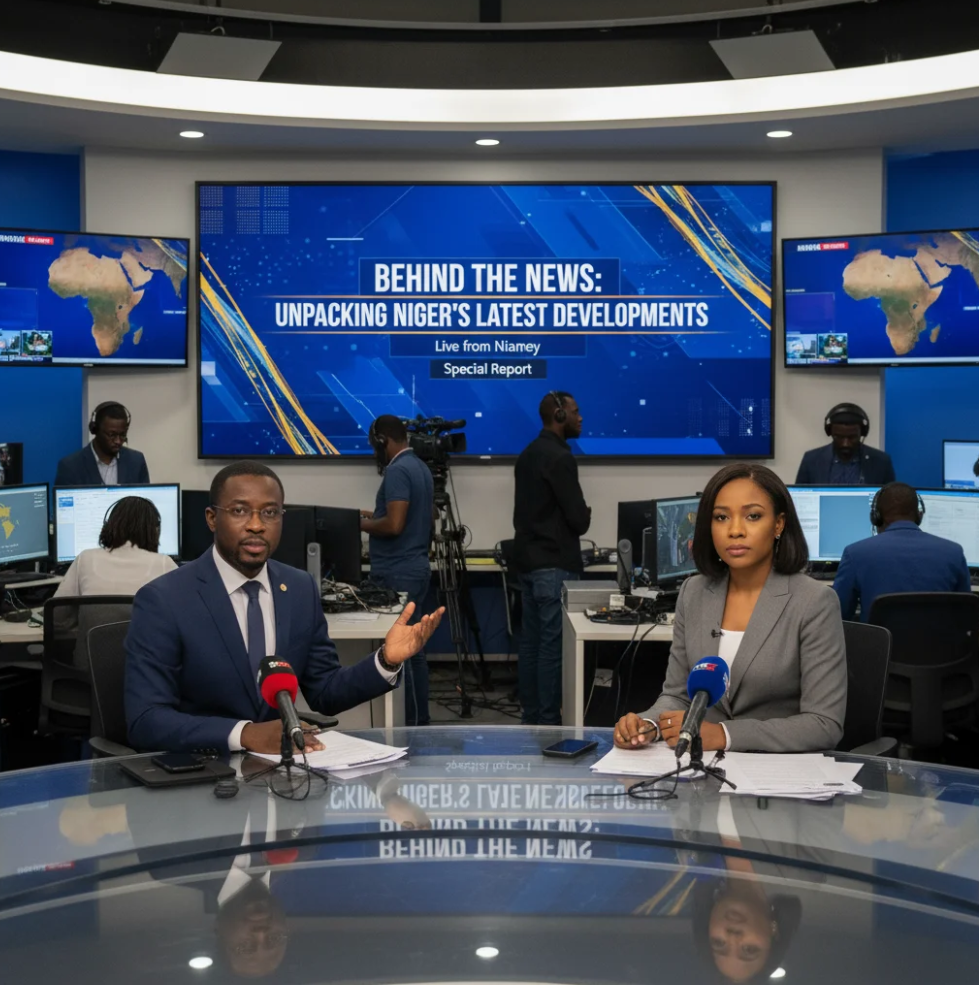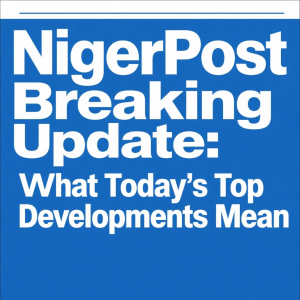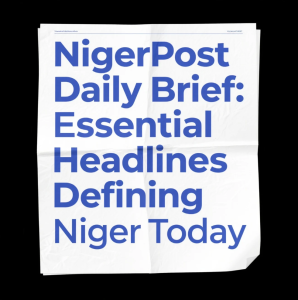Niger is in a turbulent yet pivotal period. While global headlines cover coups and foreign policy, beneath the surface are critical changes in governance, security, and resource control. This article aims to go beyond the breaking news and unpack the Niger latest developments that matter for stability, sovereignty, and regional influence.
🇳🇪 1. Cementing Power: Tchiani’s Swearing-In and Political Restructuring
One of the most consequential recent events was Abdourahamane Tchiani being sworn in as transitional president for five years, replacing the former constitution with a new charter and dissolving existing political parties.
AP News
This move solidifies the junta’s grip, signaling that the transition period may be lengthier than many regional actors had hoped. It also defies pressure from ECOWAS to restore democratic governance quickly.
AP News+1
🔐 2. Exiting Regional Security Coalitions
In a bold strategic shift, Niger has withdrawn from the Multinational Joint Task Force (MNJTF), a key anti-Islamist force in the Lake Chad region.
The Guardian
The junta says the move aligns with protecting its own interests, especially around oil sites. But analysts warn that the pullout may weaken collective efforts against militant groups and accelerate regional security fragmentation.
The Guardian+1
🛢️ 3. Reclaiming Natural Resources: Uranium Nationalization & Chinese Executive Expulsion
Niger took a dramatic step by nationalizing the Somair uranium project, reclaiming 100% control from French firm Orano.
Financial Times
Simultaneously, the government expelled three senior Chinese oil executives over salary disparities between expatriate and local staff.
Reuters
These moves underscore how the junta is reasserting sovereignty over strategic assets and sending signals that concessions to foreign operators will not be tolerated.
⚔️ 4. Escalating Jihadist Violence: From Eknewane to Fambita
Security concerns remain among the most urgent Niger latest developments. In May 2025, militants attacked the Eknewane military outpost in Tahoua, killing over 60 soldiers.
Wikipedia
Earlier in March, a deadly mosque attack in Fambita, Tillabéri region, claimed at least 44 lives during prayers.
AP News+1
And in June 2025, the base in Banibangou was overrun in one of the worst attacks in recent memory, leaving dozens of soldiers dead.
Wikipedia
These attacks illustrate that despite regime changes and new alliances, Niger continues to confront persistent insurgent threats that challenge its internal stability.
📉 5. Economy on Edge: Recovery Signs & Structural Pressures
On the economic front, there are glimmers of improvement. The World Bank reports that Niger’s GDP growth in 2024 edged up to around 4%, aided by better agricultural performance and nascent oil exports.
World Bank
Yet the country remains highly vulnerable:
- Over 45% of Niger’s population lives in extreme poverty.
World Bank - It hosts nearly one million displaced persons or refugees due to conflict and climate effects.
World Bank - The economy remains concentrated in agriculture and extractive sectors, with limited diversification.
World Bank+1
Amid political upheaval, the risk of mismanagement or cronyism remains real, especially as the junta seeks to extract more from its resource base.
🧩 6. Regional Realignment: From ECOWAS Exit to Sahel Strategy
One structural shift: Niger, along with Mali and Burkina Faso, withdrew from ECOWAS and joined the Alliance of Sahel States (AES).
World Bank+1
They’ve introduced a 0.5% import levy on goods from ECOWAS states, which may escalate trade tensions.
Africanews+1
They’re also launching biometric passport systems and joint security frameworks, signaling deeper integration within the Sahel bloc.
World Bank+1
This realignment could reshape West African power dynamics for years to come.
📝 Conclusion
The Niger latest developments reflect more than surface-level conflict or regime change — they hint at a reorientation of governance, resource sovereignty, and security strategy. As Tchiani’s regime consolidates power, shifts in resource policy and regional alliances will define Niger’s trajectory.
Yet, the volatility of jihadist insurgency and economic fragility remain persistent threats. Watching how Niger navigates these pressures will offer crucial insight into the future of the Sahel.




